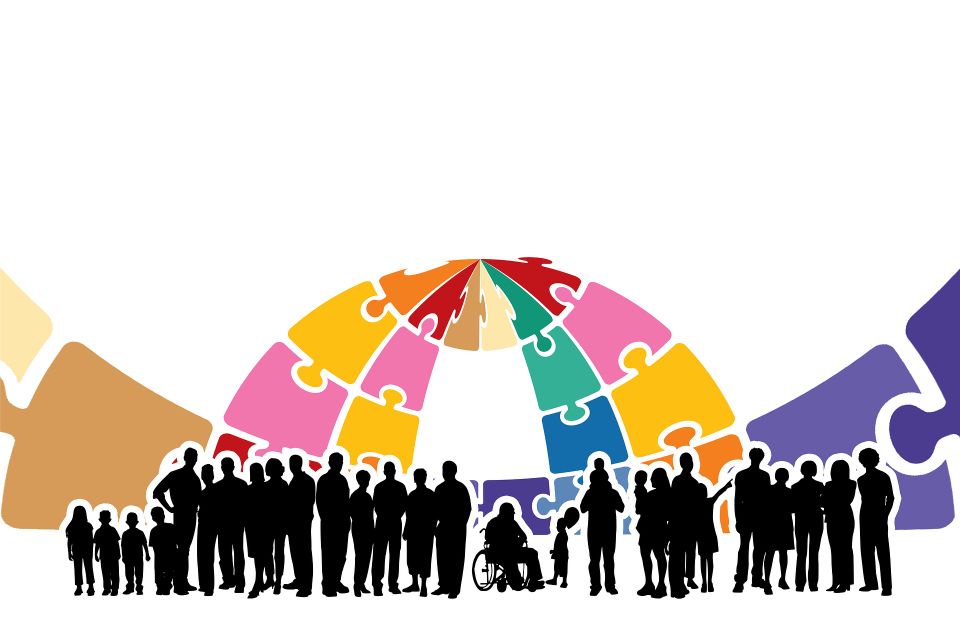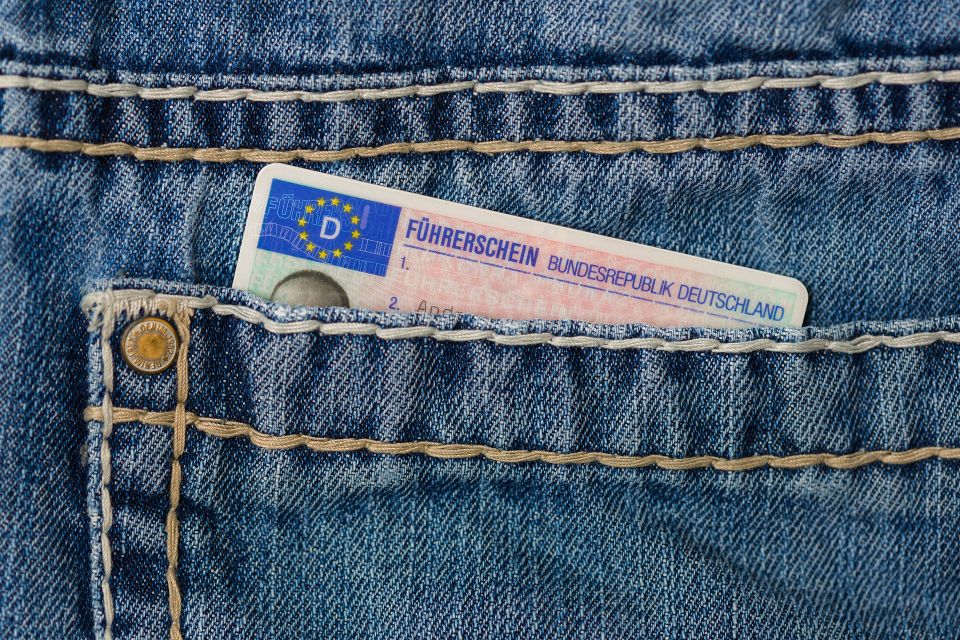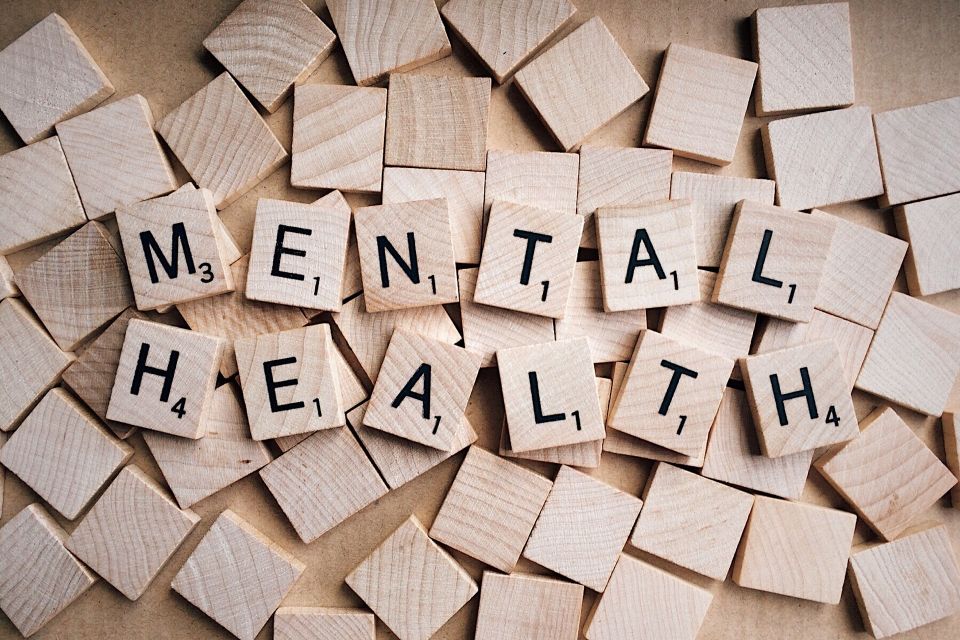
JOB TRAINING
Benefits of Job training programs for recently released inmates are crucial for several reasons:
1. **Reducing Recidivism:** Access to job training programs increases the likelihood of finding stable employment, which is one of the most significant factors in reducing recidivism rates. When individuals have marketable skills and employment opportunities, they are less likely to return to criminal behavior.
2. **Building Marketable Skills:** Many inmates lack the necessary skills and qualifications to secure employment upon release. Job training programs provide them with vocational skills, such as carpentry, welding, culinary arts, or computer programming, making them more employable and helping them reintegrate into society.
3. **Empowering Individuals:** Job training programs empower former inmates by providing them with the tools and resources needed to support themselves financially and contribute positively to their communities. It helps restore their sense of dignity and self-worth.
4. **Breaking the Cycle of Poverty:** Former inmates often face significant barriers to employment due to their criminal records and lack of education or job experience. Job training programs offer them a chance to break the cycle of poverty by acquiring skills that lead to better-paying jobs and economic stability.
5. **Promoting Public Safety:** When individuals have access to legitimate employment opportunities, they are less likely to resort to criminal activities to meet their financial needs. Thus, job training programs contribute to overall public safety by reducing crime rates and promoting community well-being. Overall, job training programs play a crucial role in the successful reintegration of formerly incarcerated individuals into society, benefiting both the individuals themselves and the communities they return to
1. **Reducing Recidivism:** Access to job training programs increases the likelihood of finding stable employment, which is one of the most significant factors in reducing recidivism rates. When individuals have marketable skills and employment opportunities, they are less likely to return to criminal behavior.
2. **Building Marketable Skills:** Many inmates lack the necessary skills and qualifications to secure employment upon release. Job training programs provide them with vocational skills, such as carpentry, welding, culinary arts, or computer programming, making them more employable and helping them reintegrate into society.
3. **Empowering Individuals:** Job training programs empower former inmates by providing them with the tools and resources needed to support themselves financially and contribute positively to their communities. It helps restore their sense of dignity and self-worth.
4. **Breaking the Cycle of Poverty:** Former inmates often face significant barriers to employment due to their criminal records and lack of education or job experience. Job training programs offer them a chance to break the cycle of poverty by acquiring skills that lead to better-paying jobs and economic stability.
5. **Promoting Public Safety:** When individuals have access to legitimate employment opportunities, they are less likely to resort to criminal activities to meet their financial needs. Thus, job training programs contribute to overall public safety by reducing crime rates and promoting community well-being. Overall, job training programs play a crucial role in the successful reintegration of formerly incarcerated individuals into society, benefiting both the individuals themselves and the communities they return to









